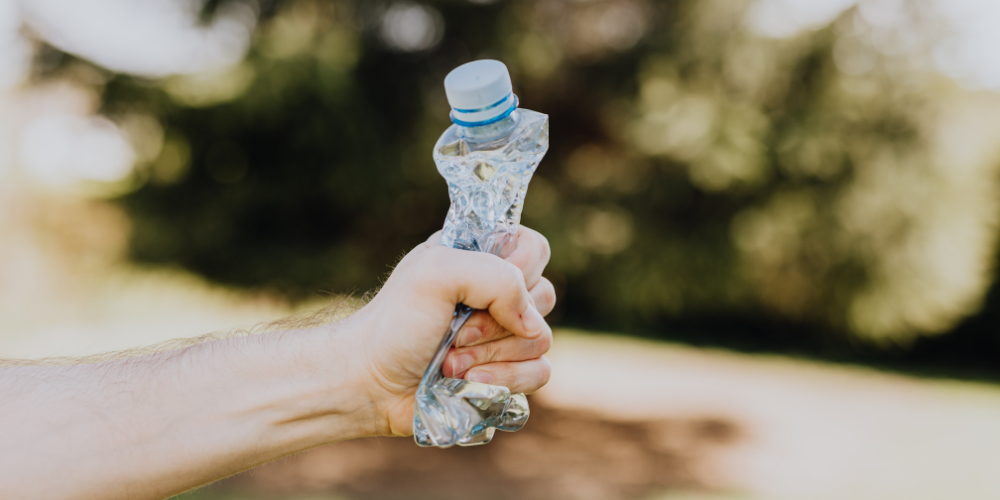Microplastics are pieces of plastic that are smaller than five millimeters. A lot of them are much smaller than that and are only visible through a microscope. Unfortunately everywhere they are at the bottom of the beach sand, they are in the air and unfortunately, they are inside us. A new ensures that humans may be consuming somewhere around 40,000 microplastics to 55,000 every year with the additional 74,000 of them that we inhale.
Once, someone uses a single-use plastic product it stays in the environment and it’s going to go anywhere, it is not going back to degrade it is only going to degrade and become microplastics.
Plastics are broken down through weathering
Most of the plastics are broken down through weathering, similarly when there is exposer to waves, wind abrasion, and UV radiation. And depending on the type of plastic. It can take up to hundreds of years to break down, if at all. And because microplastics are so tiny and lightweight, they can easily transport over long distances globally.
A study found that 84 % of these microplastics likely originated from roads, The study has also revealed that it affects the health of plants and animals, which has impacts on the entire food chain. Most of these microplastics are small enough that we can easily inhale into the human pulmonary system.
Microplastics filtration.
Some larger microplastics we can filter out of our respiratory system during cough, sneeze, or blowing the nose. But limited research suggests that smaller plastics can reach and remain in the respiratory system. And continued exposure to plastic, like when people are working in a synthetic fiber factory. That can lead to inflammation, lesions, and respiratory conditions.
However, unfortunately, though, people don’t have enough information on, how everyday exposure to plastics affects their health. Some experts are trying to find out more.
In 2019, an international team of scientists used dummies to mimic the inhalation of microplastics indoors. The studies found microplastics in every sample of air.
According to the more recent study of Florida’s State University. Focused on the impacts of microplastic exposure on the cellular level. After exposing human lung cells to polystyrene microplastic spheres, the team saw their metabolic processes slow down, And created rings of microplastics form around the nuclei.


